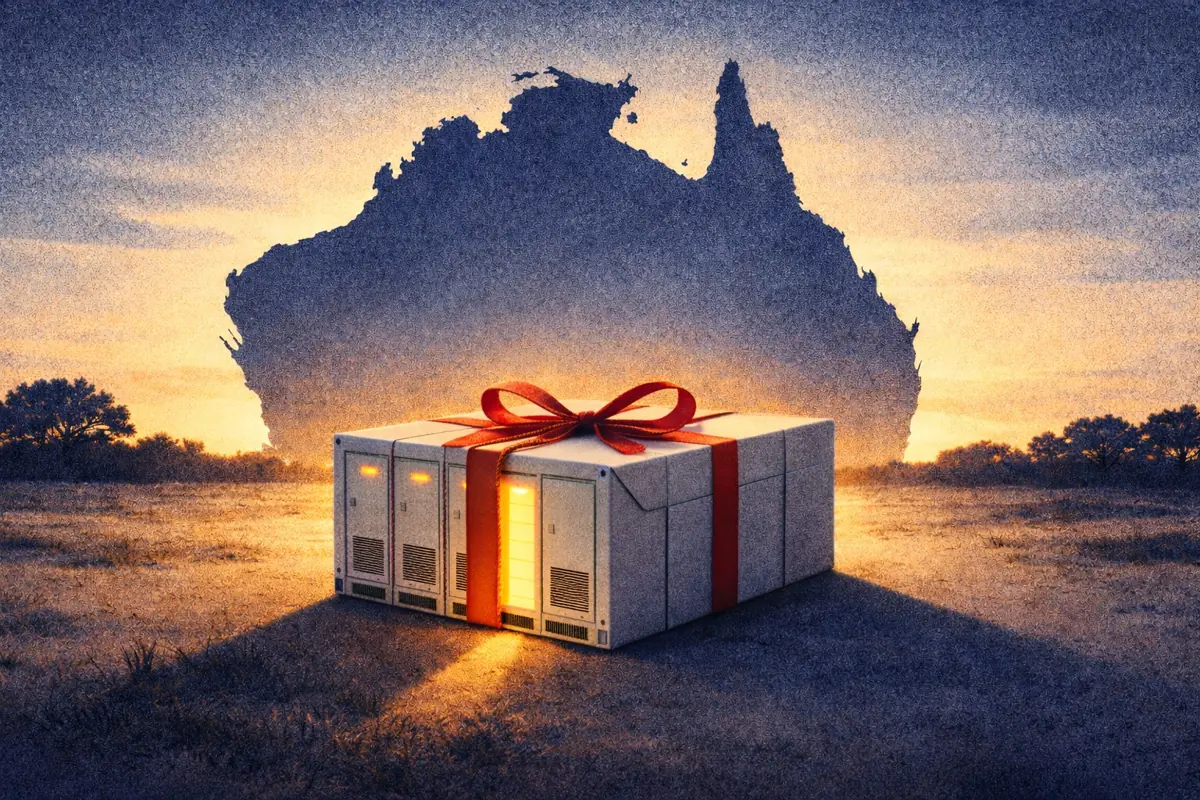TNUoS tariffs: how do the next six years look for battery energy storage?
TNUoS tariffs: how do the next six years look for battery energy storage?
Forecast five-year TNUoS (Transmission Network Use of System) tariffs were published at the end of April - to go alongside the final tariffs for 2023/24 (which were published earlier this year).
This means battery operators can now project just how much they can expect to earn from Triad optimization for the next six years.
All data can be found from National Grid ESO here.
TNUoS changes from the Targeted Charging Review are (finally) here
Launched by Ofgem in 2017, the Targeted Charging Review set out to address shortcomings in the ways Use of System charges were tariffed. Essentially, operators were incentivized to change their usual behaviors - in order to minimize the costs (and maximize the benefits) of the residual elements of TNUoS and DUoS charges.
And now, we are finally seeing the outcomes of the review coming to fruition - in terms of changes to Triad tariffs:
- The residual element of TNUoS charges (£57/kW in 2022/23) is being moved entirely to a fixed charge.
- This change was introduced on 1st April 2023. So, tariffs for next winter's Triads will look very different.
- Battery energy storage should be exempt from this.

To ensure exemption from the fixed charge, battery owners must submit a ‘Non-Final Demand’ form (as soon as possible). Please get in touch with tnuos.queries@nationalgrideso.com if you have not yet received this.
This now means export rates exceed import rates in every region.

- The impact of the Targeted Charging Review is huge - demand tariffs are set to decrease by 96% on average.
- This is good news for battery energy storage owners - who can be exempted from the cost of this residual. This means we won’t see a repeat of the costs incurred this winter just gone (link to piece).
- The removal of the demand residual means that export rates now exceed import rates in every region - thanks to the addition of Avoided GSP Infrastructure Credit, or AGIC (which is paid to assets for exporting during Triads).
The spread in embedded export rates between regions is set to increase
The Embedded Export Tariff represents the value paid out to generators who export during the three Triad periods of winter. You can find out which batteries succeeded last winter here.

- While average export rates stay reasonably consistent, some regions are likely to see considerable year-on-year changes.
- The biggest change is forecast to take place in the South Western region - with export rates exceeding £16/kW between 2024 and 2026, before falling off considerably in the following years.
- Regions in the north of Great Britain will continue to see zero benefit for exporting during Triads.
Transmission generation tariffs mostly remain consistent
Transmission-connected storage (and any embedded >100 MW assets) face generation TNUoS charges. These represent the wider generation tariffs for battery energy storage - however, they may include other locational elements on a site-by-site basis.
In the chart below, a negative charge means the generator gets paid for connecting into the transmission network in that region.

- There is little change to generation tariffs due in most regions.
- However, in three regions, the net charge will become a net benefit by 2026/27.
TNUoS continues to be a massive differentiator in business cases between different assets
The different charges applicable to battery energy storage assets - whether connected in at the transmission network or distribution network - can have big impacts on business cases.
For example, batteries connecting in at the transmission network in Scotland will face hefty charges - but assets in Scotland connecting in at distribution level avoid will avoid these.
Meanwhile, batteries in the south-west will be able to count on TNUoS as a benefit to their business case, whether they’re transmission- or distribution-connected.
A summary of TNUoS charges by region for the next six years can be downloaded here.







